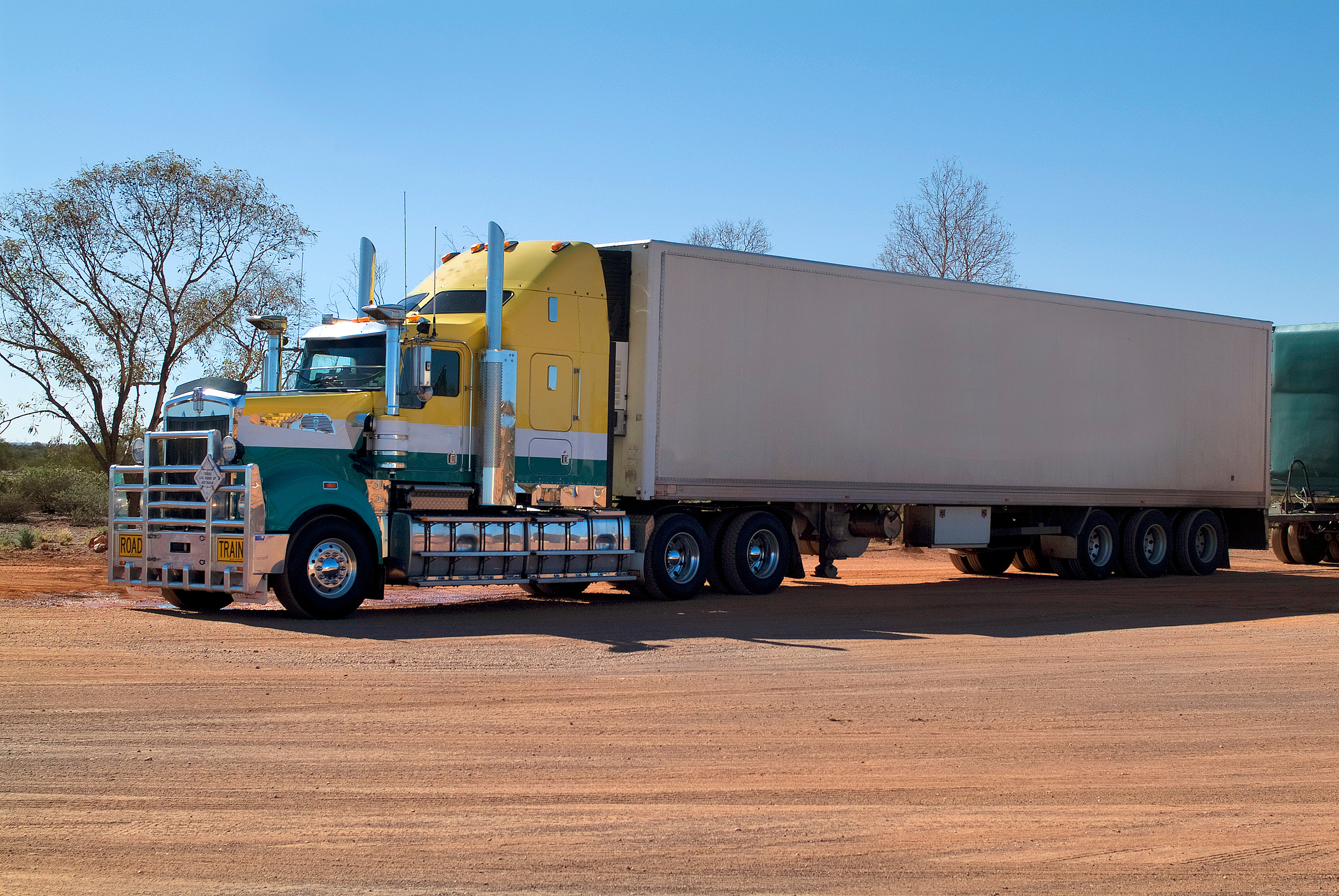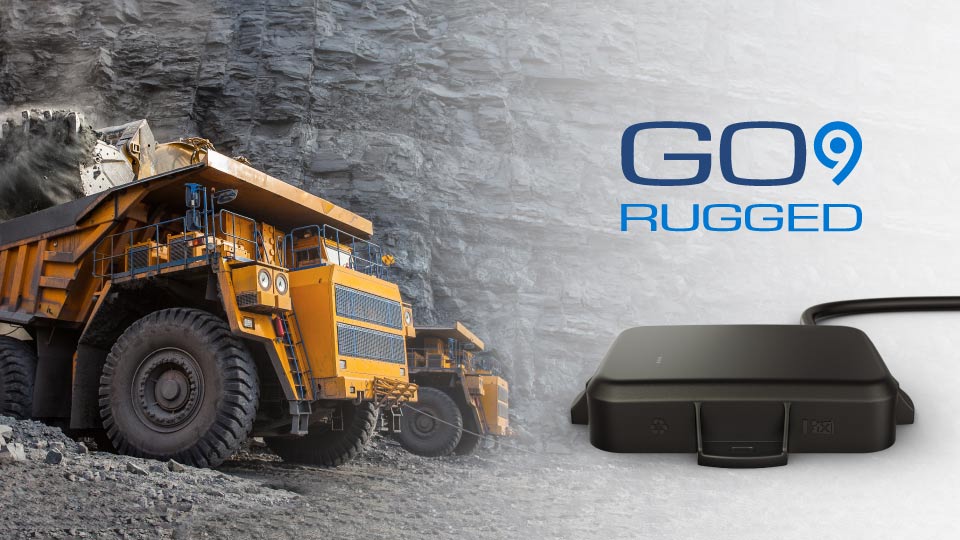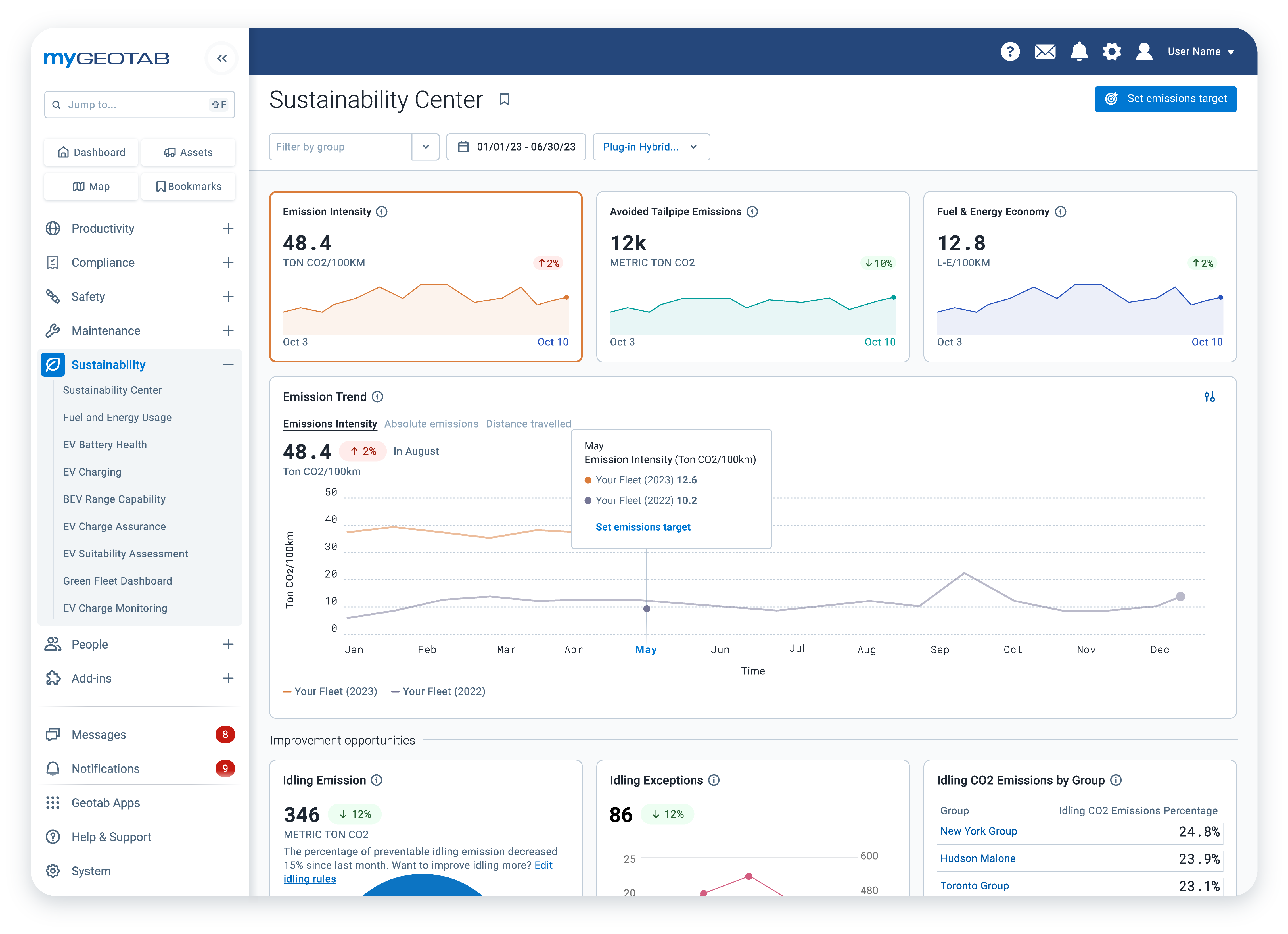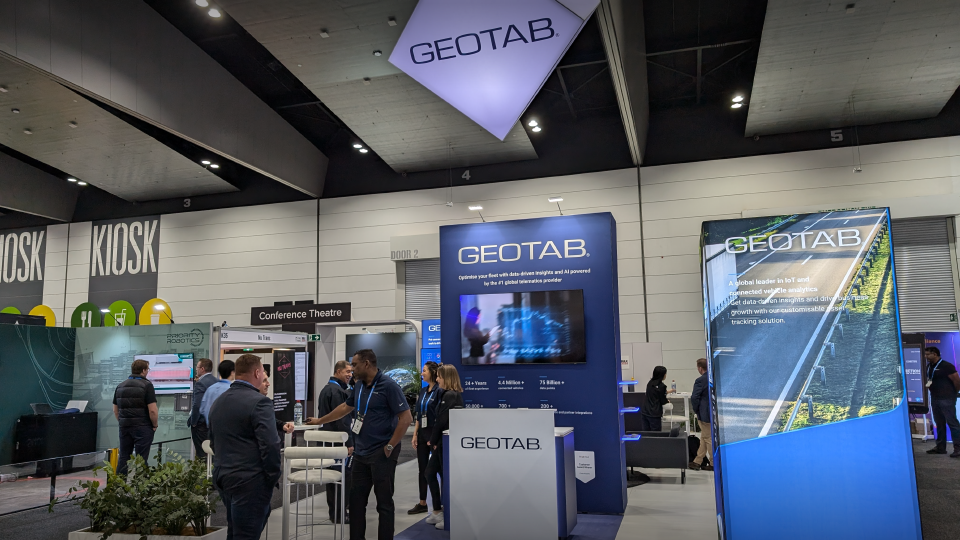Fleet tracking for heavy equipment
Discover the benefits of fleet tracking for heavy equipment operations and fleet managers.

Heavy machinery is an integral part of many fleets. Whether in the construction, mining, oil and gas, agriculture or the rental industry, fleet managers must account for yellow iron plant equipment.
Globally, the heavy machinery market is worth around $113 billion USD, and is expected to grow by 2.3% percent by 2026. Closer to home, the Australian market is valued around $6 billion USD, and is forecasted to grow by 3.8% by 2024. These numbers — calculated prior to COVID-19 — showed a slowing market.
This indicates that businesses are likely working to improve upon the lifespan of their existing assets in order to reduce the need for buying new assets. In light of post-pandemic budget constraints, this trend may continue. Another trend is to turn to leasing markets to manage expenses and reduce maintenance and investment costs.
For fleets that are preparing their heavy equipment for a longer life, telematics can be a valuable tool for driving productivity from their existing assets .
Why track off-road heavy equipment?
Here are some key benefits of fleet tracking off-road activities and use cases:
Logistics
Logistics can encompass the tracking of trailers and other fleet assets. Having a comprehensive view of trailers aside from the prime mover pulling them helps you plan services and distribute assets evenly across your fleet. Trailers also need to be serviced at different intervals than vehicles, so tracking these can be incorporated into a predictive maintenance cycle to ensure your entire fleet is good to go at all times. With Geotab’s open platform solution, you can export data from the tracking software to other logistics platforms. This allows you to integrate trailer locations for delivery data and precise consignment locations into your workflow.
Asset utilisation
Asset utilisation is especially important for tasks like monitoring engine hours and location. By tracking your assets, you can use data to determine the rate of asset use, as well as performance. Lesser-utilised asset groups might mean you need fewer of that type of equipment, and vice versa for over-utilised assets.
Knowing your assets helps you plan for increases and decreases in your asset portfolio as they go out of service for repair or need replacing. Having up-to-date information of a trailer’s distance covered also helps you determine needs beyond scheduling. This includes when to replace an asset or when to increase the size of your fleet. If all your assets are mobile, you may need more in the field to continue to take customer orders and grow your business.
Similarly, not having reserve heavy machinery will impede the ability to take on increased customer requirements. Ensuring you have the right number of assets for your fleet, supports customer service and business growth.
Maintenance
Including heavy equipment load monitoring in your maintenance program can help you move from time or meter-based methods, letting you predict maintenance needs based on actual data, not assumptions.
Fleet tracking solutions can also help you to predict when to schedule downtime for servicing by managing the amount of time each asset has been in actual use, and avoid over or under-servicing your assets. By doing this you can save not only time, but money too.
Theft
Though theft prevention might be the most obvious use of tracking technology, not all fleet managers may think to utilise telematics for this. For assets that stay in the field without personnel for extended periods or equipment left in yards or on site without constant supervision, tracking can provide a record of asset location and movement to help deter theft, or recover stolen items should it occur.
Insurance cost reductions
With reduced theft and better maintained equipment, you could be in a stronger position when it comes to negotiating insurance premiums. Insurance is a leading cause of fleet management costs, so embracing technology to help better serve you is a good way to reduce the need for high premiums. Additionally, telematics can also be used after a collision occurs, allowing you to submit evidence pulled from your vehicle to support response to legal disputes or insurance claims.
Lower operating expenses
Integrating telematics into your equipment fleet helps you target cost saving initiatives. Fuel is a major expense, so monitoring the efficiency of your assets, as well as curtailing things such as unproductive engine idling saves you money straight away. Collecting engine fuel consumption data may also have impacts on fuel taxes as well. Often fuel is consumed off-road, meaning you could be due credits from the tax office for your fuel usage.
GO RUGGED is specialised for off-road vehicles
While the Geotab GO device has been developed for in-vehicle use, the advanced needs discussed in this post require a device that can handle external conditions. When vehicles spend their time predominantly outdoors and in harsh environments with extreme heat, dust or even ice, a properly ruggedised tracking device for heavy fleets is required.
The GO RUGGED is IP67 rated. IP (ingress protection) ratings cover protection from both solids (first digit), and liquids (second digit). The “6” in IP67 means that it meets the highest level for protection against solids such as dust or dirt. If a non-ruggedized device is used for heavy equipment and dust enters, it could potentially damage the device or its functions from within. The “7” in IP67 means that the device has a high level of protection for liquids (immersion in up to 1 m of water for up to 30 minutes).
GO RUGGED maintains all the same telematics capabilities you can expect from Geotab. The GO RUGGED is a device with the assurance required for harsh applications, including expansion opportunities via the IOX port.
Conclusion
Fleet tracking for heavy equipment supports many business areas, including asset management, maintenance and so much more. Using telematics for your off-road fleet will allow you to better monitor your assets and control when and where they go with a simple tracking system.
For more information on Geotab, the GO RUGGED and heavy equipment tracking, request a demo today.
The Geotab Team write about company news.
Related posts
.jpeg)

Geotab becomes a certified Telematics Monitoring Application Service Provider
April 1, 2025
3 minute read


Sustainability Centre: central hub for sustainable fleet management
January 28, 2025
2 minute read

Geotab at MEGATRANS discusses Cost Savings and Automation
September 24, 2024
1 minute read

Electric vehicle sales double in Australia: here are three trends in EV adoption
September 8, 2024
2 minute read
